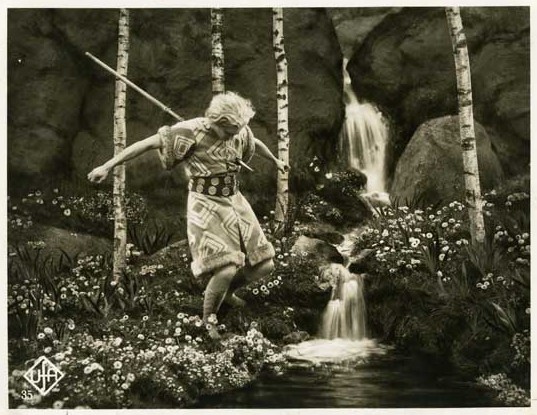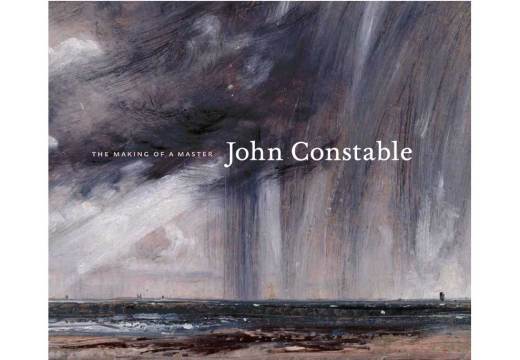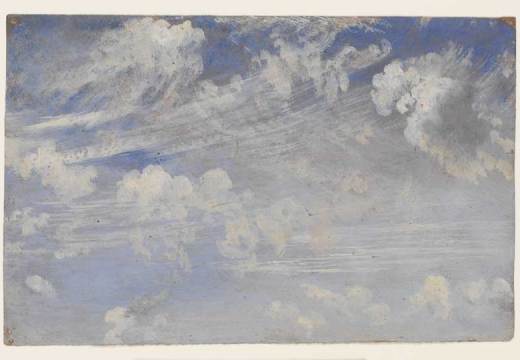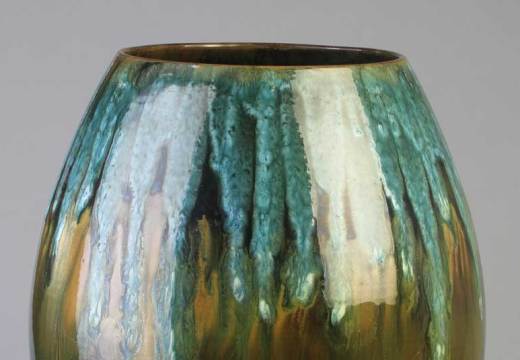A new exhibition at LACMA explores the psychological and aesthetic innovation of 1920s German Expressionist cinema. Curator Britt Salvesen told us more:
Click here to see a picture gallery of highlights from the show…
Can you tell us a bit about the exhibition?
‘Haunted Screens’ illuminates the cinematic innovations of Weimar Germany, particularly the films commonly categorised as ‘Expressionist’. Visual hallmarks such as chiaroscuro lighting, elaborately fabricated sets, and angular typography produce a mood of yearning, unease, and paranoia, mirroring the strains of modernisation and distinguishing German film in the international marketplace.
What makes this a distinctive show?
Visitors may be familiar with famous films (such as Metropolis, 1927) and directors (such as Fritz Lang), but they may not be aware of the many other talented artists who created these cinematic worlds. The exhibition features rarely seen, unique working drawings and set designs, thus bringing attention to the collaborative nature of filmmaking. LACMA’s presentation has been enriched by significant loans from the Cinémathèque Française, the Academy of Motion Picture Arts and Sciences’ Margaret Herrick Library, and LA-based private collectors.
How did you come to curate this exhibition?
In recent years, LACMA’s programme has included large scale exhibitions about film and film history. We also have a longer tradition of exhibitions and collections of German modernism. When this material was first shown at the Cinémathèque Française in 2006, it caught the eye of our director, Michael Govan. Happily, the Cinémathèque was willing to work with us to bring it to Los Angeles when we had the opportunity in our exhibition schedule.
What is likely to be the highlight of the exhibition?
‘Haunted Screens’ will be a total environment. Each viewer will identify a favourite drawing, photograph, or poster based on their tastes in film, but everyone will recall the experience of our galleries, transformed for this purpose by architects Amy Murphy and Michael Maltzan into an undulating landscape of light and dark.
And what’s been the most exciting personal discovery for you?
I continue to be amazed by the avant-garde ambition of these films. I was surprised to learn that some 3,000 films were produced in Germany between 1919 and 1933. In this very competitive commercial environment, it took courage on the part of the directors, producers, and designers to make films that privileged complex psychology over conventional plots.
What’s the greatest challenge you’ve faced in preparing this exhibition?
Museum exhibitions about film history face a central conundrum: we cannot show what is arguably the real work of art – the films themselves, projected at full length in a theatrical setting. Therefore, we represent the films as clips in the galleries, establishing their context with drawings, photographs, posters, periodicals, and other samplings of material culture. A screening series then offers the opportunity to experience films in full.
How are you using the gallery space? What challenges will the
hang/installation pose?
It is always a challenge to integrate moving images alongside traditional media, owing to differences of scale, lighting levels, apparatus requirements, and so on. We came up with a floor plan that separates film clips from other materials in distinct zones, exploiting the differences rather than compromising one medium in favor of another.
Which other works would you have liked to have included?
I would have loved to include a full-scale set model from The Cabinet of Dr. Caligari (1920), replicated by the Cinémathèque Française in the mid 1970s in consultation with original set designer Hermann Warm. Like the original, the replica is made of canvas and cardboard. We just couldn’t accommodate it in our galleries without risking damage.
‘Haunted Screens: German Cinema in the 1920s’ is at LACMA from 21 September–4 January 2015.
Unlimited access from just $16 every 3 months
Subscribe to get unlimited and exclusive access to the top art stories, interviews and exhibition reviews.














![Masterpiece [Re]discovery 2022. Photo: Ben Fisher Photography, courtesy of Masterpiece London](http://www.apollo-magazine.com/wp-content/uploads/2022/07/MPL2022_4263.jpg)
It’s time for the government of London to return to its rightful home